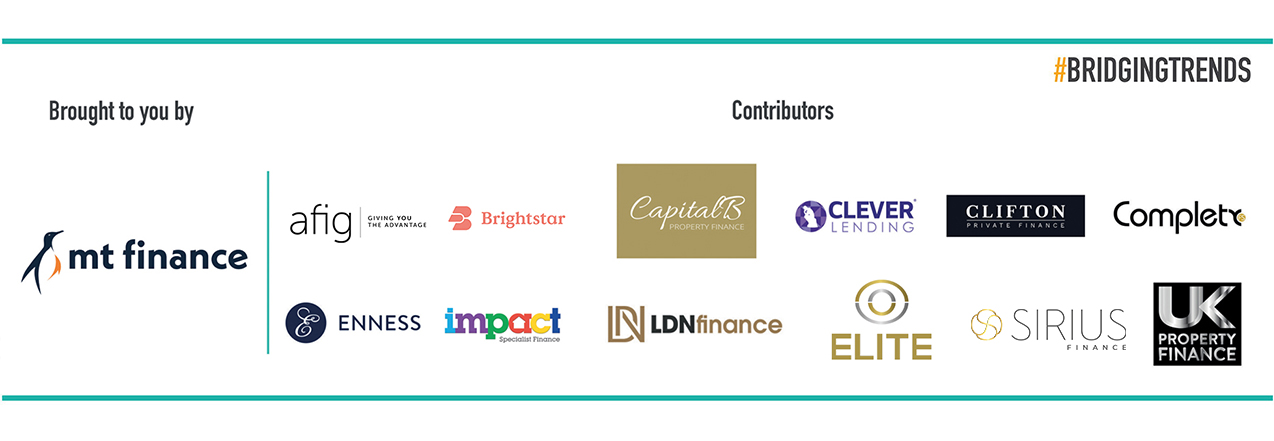Take a look at the latest infographic to discover the general trends that shaped the UK bridging finance market during Q1 2024.
Key Points:
Demand for business funding doubles
Proportion of second charge loans hits three-year high
Regulated transactions jump to pandemic levels











Director’s comments
William Lloyd-Hayward, Group Chief Operating Officer & MD at Sirius Finance comments:
“The latest Bridging Trends data is yet another reminder of the resilience and versatility of the bridging sector. Overall lending continues to grow, and the diversity of this growth is striking. Demand from businesses for short-term property funding, for example, has doubled, whilst homeowners are increasingly turning to bridging, with the regulated part of the market jumping to pre-pandemic levels. At the same time, second charge bridging loans have hit a three-year high.
“The overall picture demonstrates that more brokers and borrowers are recognising bridging as a flexible solution to meet a wide variety of capital challenges – and this is a positive sign for the future growth of the sector.”
Chris Whitney, Head of Specialist Lending at Enness Global comments:
“After seeing the notable rise in loans being used for business purposes, I wandered over to speak with our Corporate Lending Team and showed them the data. They were not surprised at all to see this increase. With lenders tightening criteria, unsecured business loans are much harder to get this year. They are also taking much longer to implement and are more expensive – I was recently shown one example at 22% p.a. Therefore, it makes sense for business owners looking to support their business to take a second charge loan on a property. Additionally, entrepreneurs are finding that when they are coming to renew their facilities, they no longer meet the stricter criteria and are forced to refinance using a different method. We expect this sector to become even more restrictive before it gets better – I think we will see this trend continue as we move through the year.
“Investment purchases being the main reason for taking out a bridging loan is a positive indicator for the economy, possibly fuelled by the expectation of interest rate falls this year. It is good to see re-bridges come down, indicating borrowers are choosing a sensible term. The cost of funds also going down makes bridging loans an ongoing cost-effective way of funding in a relatively high-interest rate environment. Seemingly speed is becoming less important to many at 58 days, which I would like to see come down in the next quarter.”
Gareth Lewis, Managing Director at MT Finance comments:
“With momentum maintained in the first quarter, it’s clear that borrowers are continuing to turn to bridging lenders thanks to the certainty, speed, and flexibility we are offering them. Second charge bridges in particular have come to the forefront and show how brokers are working with their clients to maximise the equity in their properties without disturbing their current mortgages. I would not be surprised if this jump in second charges is also linked to the rise in regulated bridging, allowing homeowners to take out a cross charge and secure their dream home.
“What happens in the next quarter in the run-up to the election is hard to guess but regardless of what happens, I know I speak for everyone in the specialist finance industry when I say we remain committed to our clients and delivering the best outcome as quickly as possible.”
